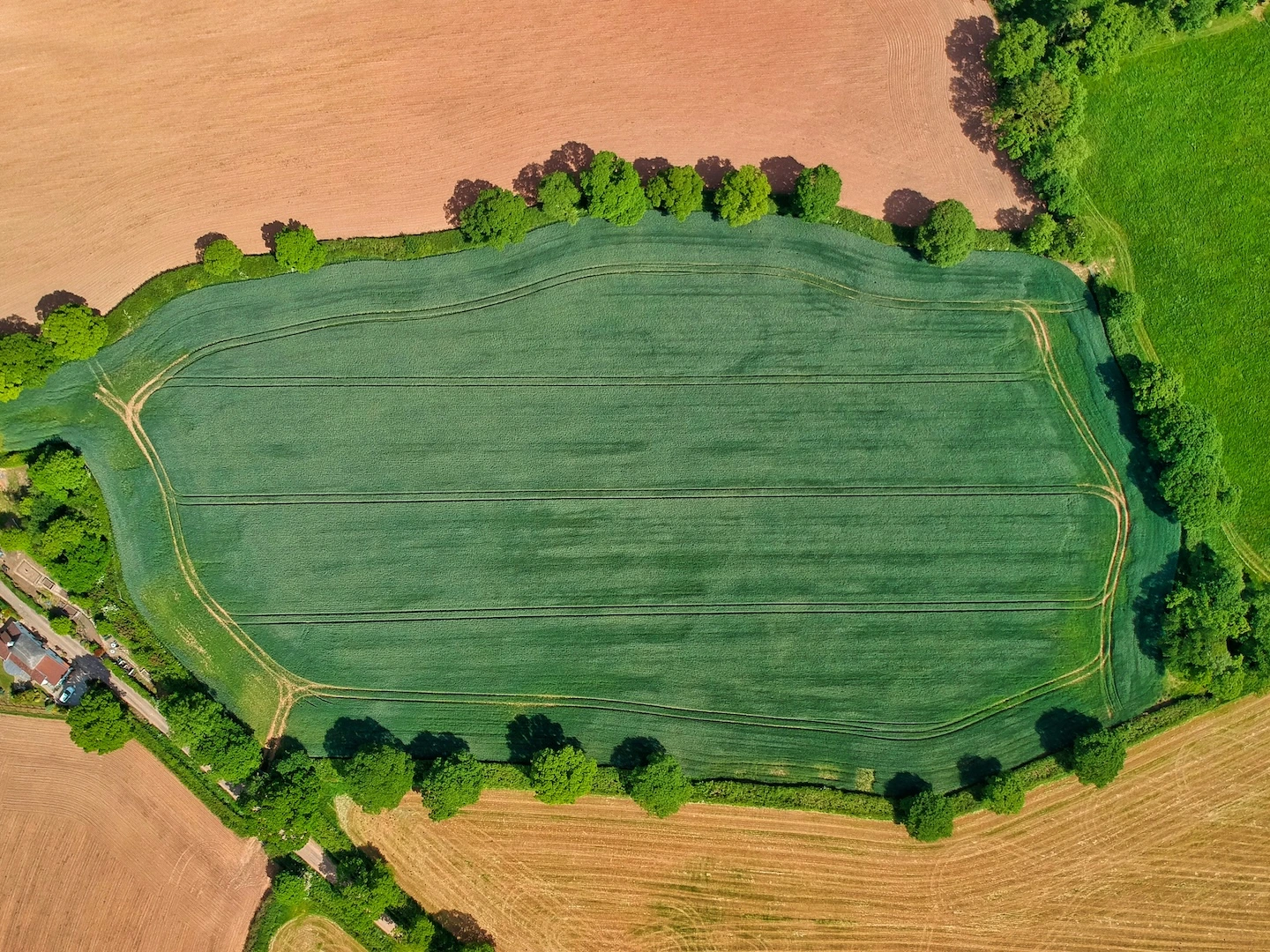£13.76
info Summary
This Higher Tier Capital Grant provides funding for anti-predator combination fencing, designed to protect ground-nesting birds from predators and increase their fledgling success when used with effective habitat management. It can be used on various habitats like dry open grassland, lowland wet grassland, floodplain meadows, or coastal habitats, often in conjunction with other management actions.
format_list_bulleted What to do
- Agree a fencing specification with Natural England in year 1.
- Create a permanent anti-predator combination fence that meets the agreed specification and timings, ensuring it is buried about 25cm deep, extends at least 1m above ground, and has electric wires at specified heights (65cm, 115cm, 130cm, 150cm) offset 5-10cm.
- Regularly check for target predators within the enclosure and prevent vegetation from touching live wires.
- Ensure the fence does not restrict or block access to open access land.
schedule When to do
- Agree the fencing specification with Natural England in year 1 of your agreement.
- Create the fence to meet the agreed specification and timings.
checklist How to do and evidence required
You must keep and provide with your claim:
- * photographs during and after work
- * a detailed specification by the end of year 1
- * records of the number of breeding pairs and breeding productivity of target species within and (as far as possible) outside the fence
You must also keep and provide on request:
- * receipted invoices or bank statements
- * photographs of the existing site
- * written support from your Natural England adviser
- * any consents or permissions connected with the work
Read the record keeping and site visit requirements in the Agreement holder’s guide: Capital Grants, Higher Tier capital grants and Protection and Infrastructure grants for more information.
If you’re applying for this item as part of a Countryside Stewardship Higher Tier (CSHT) application, you must read the record keeping and site visit requirements in the CSHT agreement holder’s guide.
tips_and_updates Additional Advice
- Use as a stock fence only if needed at the same location each year.
- Ensure the fence surrounds nesting and chick feeding habitat and is placed away from tall vegetation.
- Modify gates to prevent predator access.
- Conduct regular inspections to check vegetation, voltage, structure, and absence of predators.
- Control vegetation by strimming and applying herbicide before it touches the bottom wire.
- Obtain a disturbance licence if working near Schedule 1 species.
View Official Guidelines
Access detailed information about this action on the RPA website

